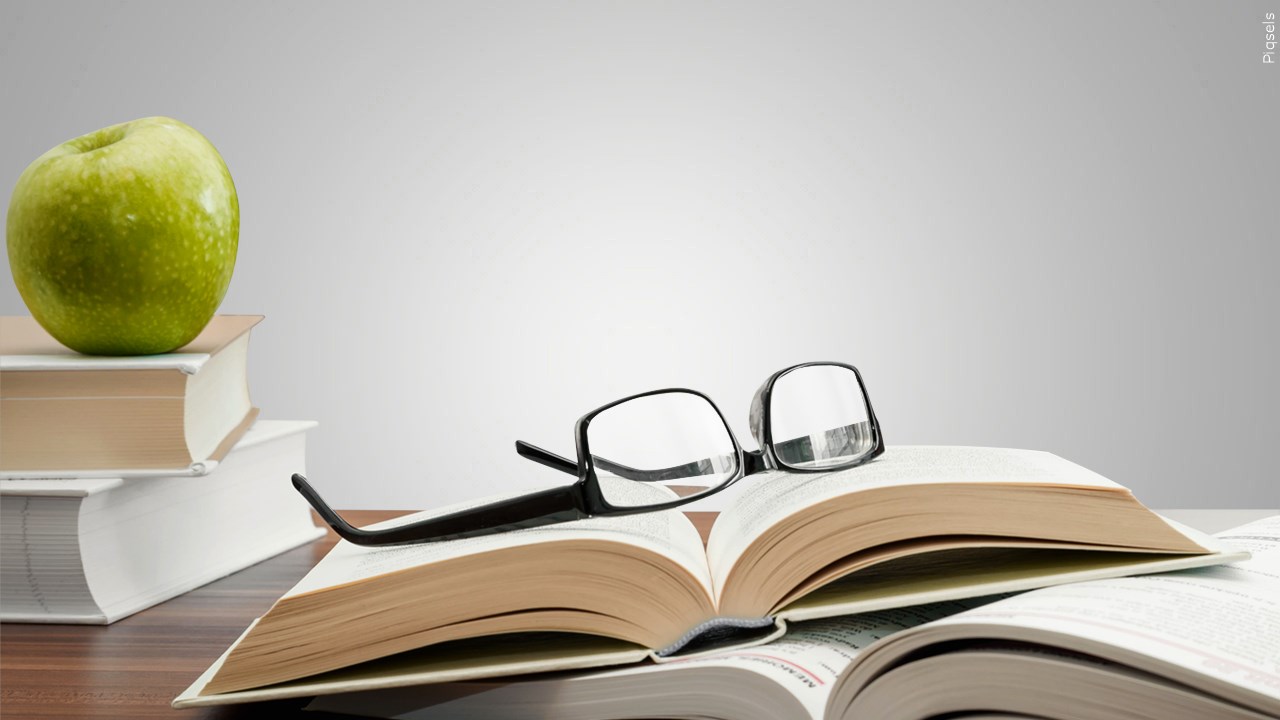Millions of borrowers may be eligible for a refund on student loan payments made during Covid. Here’s what to know

There’s good news for the millions of people with federal student loans who’ve made payments on that debt during the Covid pandemic: many of them will be eligible to get the money back.
The U.S. Department of Education says that many borrowers eligible for President Joe Biden’s student loan forgiveness plan who made payments on their debt during the pandemic-era pause on the bills will automatically be refunded. The relief policy has been in effect since March 2020, and is scheduled to end Dec. 31.
More than 9 million people have made at least one payment on their federal student debt between April 2020 and March 2022, according to the government. The vast majority of borrowers haven’t made any payments, taking advantage of the suspension of the bills and accrual of interest.
Here’s what borrowers need to know.
How could a refund help?
Requesting a refunding can help you make sure you get the full amount of forgiveness for which you’re eligible. Forgiveness is capped at the lower of your qualifying federal student loan balance or $10,000 ($20,000, if you got a Pell Grant).
If you made payments during the pandemic that brought your balance below the forgiveness figure you’d otherwise qualify for, getting a refund could make sure you get the full relief.
It’ll also give you some cash in hand to use for other goals.
Which payments are eligible for a refund?
Payments made since March 2020 on federal student loans eligible for the payment pause should now be refundable, said higher education expert Mark Kantrowitz.
The roughly 5 million student loan borrowers who hold commercially held Federal Family Education Loans (FFEL) weren’t eligible for the payment pause and won’t be eligible for a refund.
Any payments made prior to the pandemic also don’t qualify, Kantrowitz said.
How do I request a refund?
Not all borrowers need to apply for the refund, said Elaine Rubin, senior contributor and communications specialist at Edvisors.
The refunding process will be automatic for borrowers who are eligible for student loan forgiveness and for those who made voluntary payments during the pause that brought their balance below the maximum forgiveness amount: either $10,000 or $20,000, Rubin said.
“They will be offered an automatic refund for the difference,” Rubin said.
If you paid your loan in full during the pandemic, however, you’ll have to take action and request the payments back.
Borrowers who have refinanced their federal loans will also need to ask their student loan servicer for the refund, Kantrowitz said.
Even if you think you’re eligible for an automatic refund, you may want to call your servicer and request it, Kantrowitz said, to make sure you get it.
How much can I get back?
Borrowers should be able to get back “everything that was paid since March 13, 2020,” said Betsy Mayotte, president of The Institute of Student Loan Advisors, a nonprofit.
Should I definitely request a refund?
Not necessarily, Mayotte said. The goal should be to get the maximum forgiveness you’re eligible for.
“Only borrowers who have paid their balances down to an amount lower than what they believe will be forgiven should consider asking for a refund,” she said.
If you made payments during the pandemic but still owe $40,000 in student loans, asking for a refund doesn’t make sense, she said, “as you will still owe a balance after the debt relief is applied.”
The refunded payments will increase your loan balance and possibly your monthly payments, according to the Education Department.